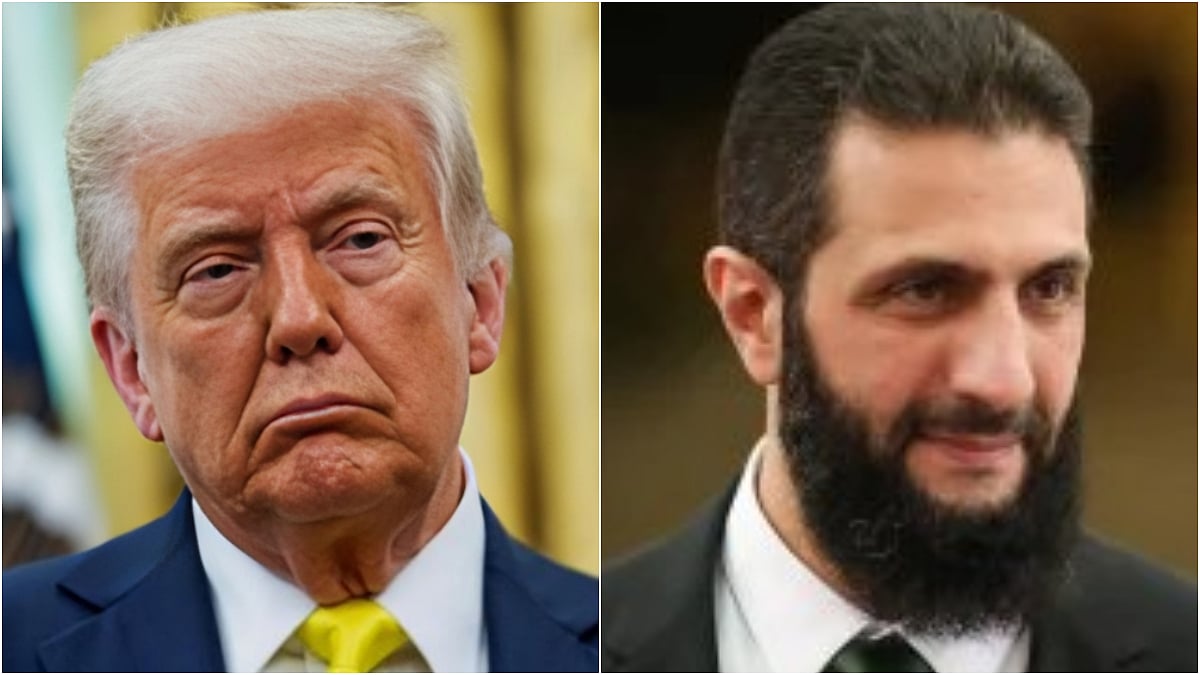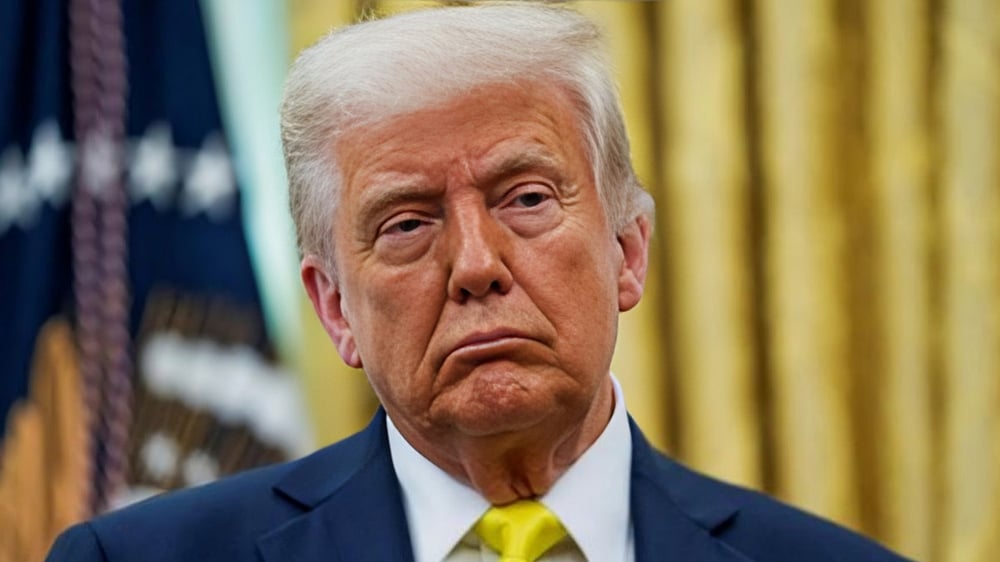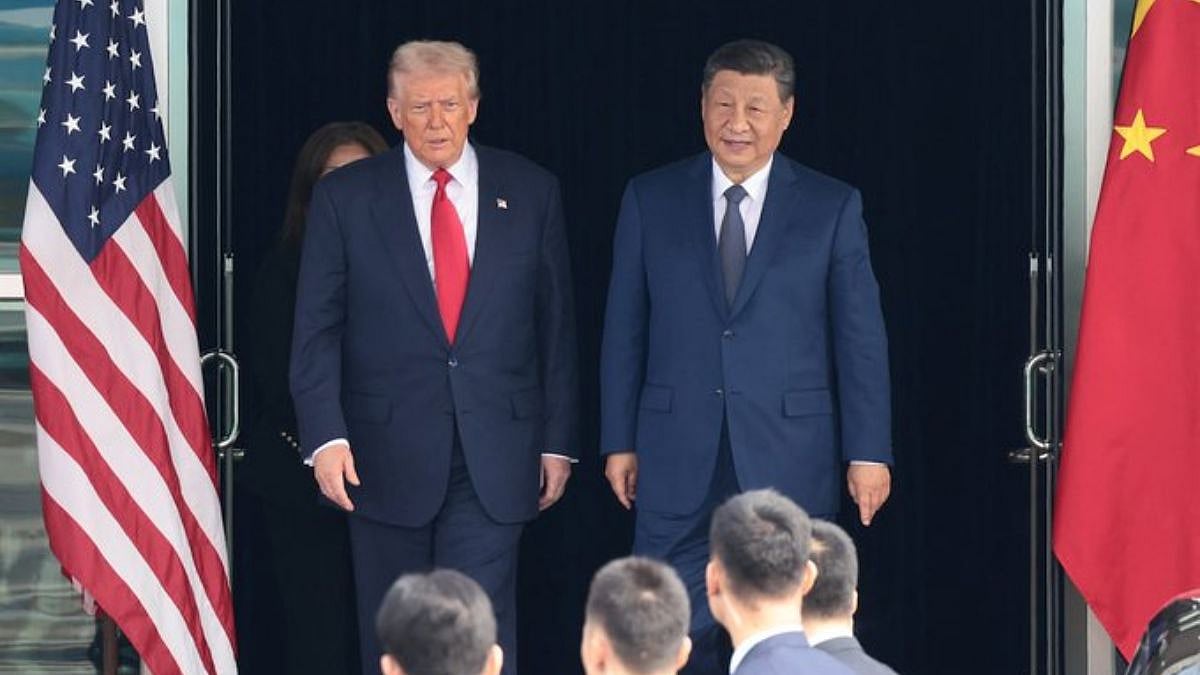About 18 months ago, as it came out of Covid lockdowns, the United States of America was staring into a financial abyss — a combination of high unemployment, and high inflation.
During the pandemic it had opened up its purse strings and ensured that every household had cash. As it came out of the lockdowns, the US Fed lowered interest rates to stimulate demand. The combination of both actions, and a conscious decision to make more things in the USA led to a rise in demand, a rise in jobs, and a rise in inflation. The Federal Reserve — America’s central bank — has been traditionally terrified of inflation, and it raised interest rates. Not once, not twice, but almost a dozen times in the last 18 months — and it has managed to curtail inflation in its economy. The US interest rates stand at 5.25% — the highest it has been in 15 years. And that has had devastating consequences in emerging markets.
“When America sneezes, the world catches a cold.” This adage has been used to highlight the global impact of U.S. economic policies. When America raises interest rates, the result is that the dollar becomes stronger and other currencies become weaker. With the dollar being the de facto currency of exchange, in international trade, this means this means you need more of local currency to buy one dollar. We, in India, know this well. At the start of the pandemic — March 2020 — a dollar bought 73.25 rupees. At the end of July 2023, it was 82.25. Let us say you were an importer, who bought widgets from China to sell in the Indian market at unit cost of a $100 — something that cost Rs.7325 in 2023, will cost 8225 now. And, this is one of the key sources of inflation in a world that is dependent on Chinese imports, and American dollars. For many nations this feels like a form of colonisation — that their sovereign interests and actions are nullified by what is decided by the Federal Reserve in Washington.
America in the 2020s has neither the power nor the prestige of the USA of the 1970s. And this is not so much about the decline of the United States as the rise of other powers. The BRICs nations, Brazil, Russia, India, China, and South Africa, for example, have been flexing their individual muscles for a long time for regional and global standing. And, it probably chafes that all their well intentioned domestic policies are turned upside down by a single interest rate increase in the USA. After all, by 2030 BRICs will account for about 45% of global GDP in purchasing power parity terms. And, it is not surprising that the murmurs about dollar imperialism are heard.
With the BRICS summit around the corner, talks of dollar imperialism are on the rise. Recognising the vulnerability their economies face from being tethered so tightly to the fluctuations of the US dollar, these countries began to look inwards and towards each other for a solution. As part of this solution, they proposed the creation of a BRICS-specific currency, to facilitate their intra-group trade. It was clear that the traditional paradigm of trade, with the US dollar at its epicentre, was proving to be a double-edged sword for emerging markets. But while a BRICS-issued currency may take time to formulate, a simpler solution is possible, and will be discussed at the BRICS summit. And that is to detach from the dollar and rely more heavily on intra-BRICS trade in local currencies. This would not only buffer BRICS nations from the whirlwinds of US monetary policies but also promote stronger economic interdependence among the BRICS members. It's a revolutionary approach, challenging the longstanding dominance of the US dollar in global trade. And while the transition may come with its own set of challenges, for the BRICS nations, the promise of greater financial autonomy and resilience seems to outweigh the hurdles.
However, as the BRICS alliance looks towards consolidating its power and leveraging its collective economic potential, the possibility of expanding the coalition emerges. Nations from the global south, with their burgeoning markets and rich resources, have long been vulnerable to the vagaries of the US monetary policy. More than 40 states reportedly aspire to join, but membership entails alignment in vision and interests, which complicates the expansion. Key contenders include nations like Saudi Arabia, Mexico, and Cuba, each bringing its own set of affiliations and complications.
Local currency settlement among the expanded BRICS has its benefits. Most importantly, it can bolster inter-country trade within the bloc, reducing dependency on the volatile US dollar and shield nations from sudden currency shocks stemming from decisions made in Washington. And at a pure psychological level, it will make nations feel less like vassal states. Local currency settlement will also foster greater trust, reinforcing economic partnerships and shared strategic interests among member nations.
Yet, this approach isn't devoid of challenges. Diverse economies with their own domestic concerns can lead to potential conflicts of interest. The value of each nation's currency can differ vastly due to a range of factors, including economic health, political stability, and fiscal policies. Harmonising these disparities would be essential, but also difficult. Moreover, establishing a universally accepted rate of exchange among these currencies, especially if the group expands beyond the current BRICS members, would be a complex task. The potential for currency manipulation and the concerns about the trustworthiness of member nations' fiscal reports can further complicate the picture. And finally, many of the states don’t get along. What happens to India and China trading, or Saudi Arabia and Iran — one option would be the creation of a new BRICS currency, but till that happens a ‘neutral’ currency may help resolve trade issues.
In a world where the US dollar reigns supreme, BRICS nations have felt the brunt of its fluctuations. The group's push towards a new paradigm — trading in local currencies — signals a break from Western financial dominion. Such a shift is fraught with complexities, but the drive for financial autonomy is compelling. The future might just see BRICS marching to their own beat, crafting a unique financial narrative, independent of the dollar's whims.
The writer works at the intersection of digital content, technology, and audiences. She is a writer, columnist, visiting faculty, and filmmaker.










